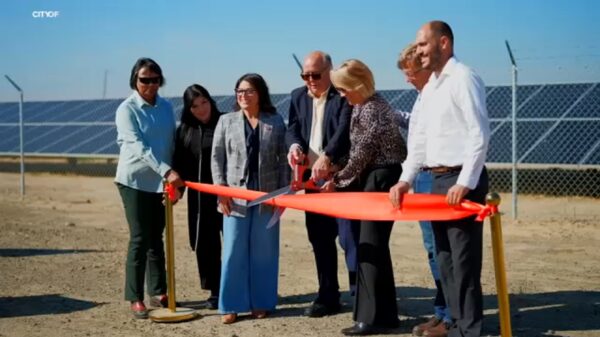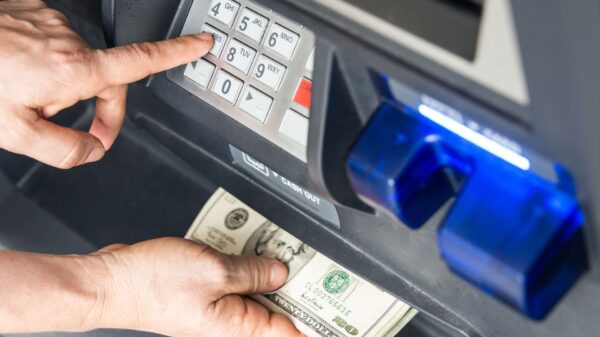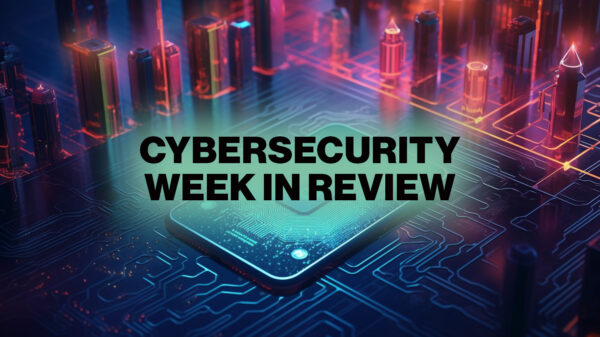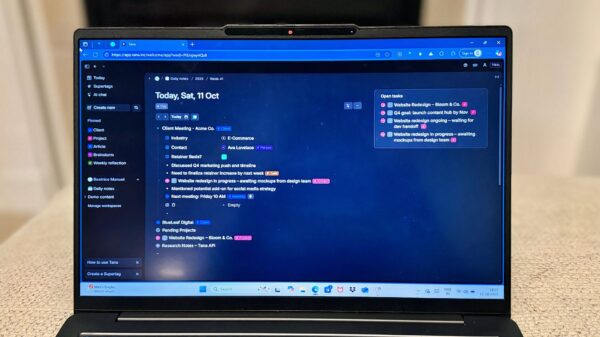The financial landscape is evolving as lenders increasingly turn to alternative data sources to combat fraud and broaden access to credit. This shift comes in response to the limitations of traditional credit bureau files, which often fail to provide a complete picture of potential borrowers. According to Kyle Becker, Chief Financial and Risk Officer at Concora Credit, using a mix of standard credit data and alternative insights allows lenders to manage risk effectively while reaching underserved populations.
Transforming Credit Decision-Making
For decades, credit bureau files have served as the foundation for assessing borrowers. However, Becker notes that many consumers possess “thin” credit files, lacking extensive histories with loans or credit cards. As a result, traditional methods of evaluation often exclude individuals who do not fit conventional profiles. The emergence of alternative data is changing that dynamic.
Alternative data offers a more nuanced understanding of applicants, particularly those who may have previously been overlooked. Becker highlights cash flow underwriting as a growing trend, where consumers can connect their primary checking accounts to verify income and expenses. This method not only enhances lenders’ ability to assess repayment capacity but also serves as a deterrent against fraud. Becker stated, “You’ll get to see some information about real-time ability to pay bills, which is very useful, especially if it’s a thinner credit history.”
By leveraging these new data streams, lenders can create a scenario where they reduce risk exposure while simultaneously extending credit access to more individuals.
Navigating the Challenges of Alternative Data
Despite the potential benefits of alternative data, its adoption is not uniform across the industry. The quality of data can vary significantly, and lenders face the challenge of model degradation over time. To address this, Concora Credit employs data science techniques to monitor the effectiveness of its models, ensuring they remain predictive and relevant. Becker emphasized the importance of not just accessing data, but also integrating and validating it effectively.
“Having digital expertise, strong data science capabilities, and scale are essential for maximizing the advantages of alternative data sets,” Becker explained. Concora Credit evaluates around a dozen new data sources each year, continuously refining its approach to credit assessment.
Integrating alternative data sources into operational processes is not straightforward. Some types of data are more beneficial at the beginning of the customer journey, while others yield insights later on. Financial institutions must carefully balance these considerations against their cost structures to maintain efficiency.
Becker believes that the potential of alternative data extends beyond underwriting and fraud prevention. “I’m a big believer that data science can help you everywhere,” he said. He advocates for using data to enhance customer service, noting that understanding the reasons behind customer inquiries can significantly improve satisfaction.
In Becker’s vision, a layered approach to credit assessment is crucial. Traditional credit bureau data remains foundational, while alternative data enriches this base with additional context. This can include insights derived from cash flow, digital behavior, and fraud analytics. “We often find one or two new data sources per year that we add, and we just keep layering that into this stack,” Becker noted. The cumulative effect of these enhancements allows lenders to offer credit to individuals who might otherwise be denied access.
While Becker acknowledges the enduring importance of traditional credit bureau data, he asserts that alternative data will play a pivotal role in the future of lending. The integration of these diverse data sources promises to reshape the credit landscape, fostering greater inclusivity and resilience against fraud.







































































